Hey guys,
At the moment I am using a Hoya 72mm CPL filter. So far I haven't minded it, but I used it a lot in Tonga and I noticed that a lot of the shots taken in broad daylight had a pretty solid yellow/brown/red tinge to it. I printed everything out and looked at it last night and it was really quite evident. So much so that today I colour adjusted a heap of the photos in Faststone, -10 for the Red and +10 for the Blue... just to get it looking close to "normal." I really don't want to have to do this everytime I take a photo in the middle of the day, so my question is this:
Is this just because Hoya is a cheap model CPL filter? Or is this an effect commonly found with the use of any CPL filter?
If it's just because of the cheap filter, what sort of price, and brand should I be looking at to get a more neutral colour result?
To be a little more specific, the Tonga shots were being given a yellow/brown tinge to the clouds... which really didn't work for me.
Thanks for any help at all!







 Thanks useful information:
Thanks useful information: 
 Reply With Quote
Reply With Quote Add To Bookmarks
Add To Bookmarks












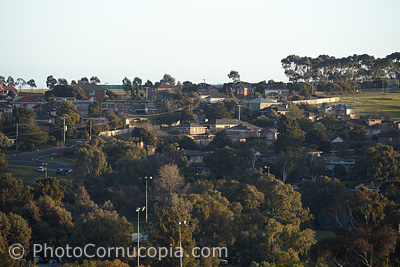
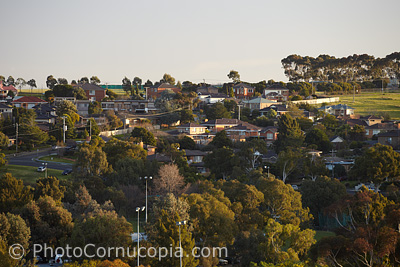
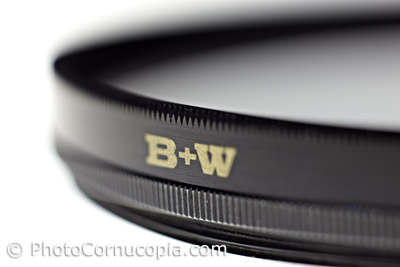
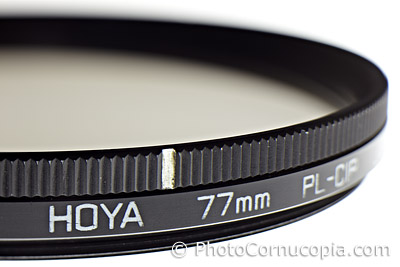

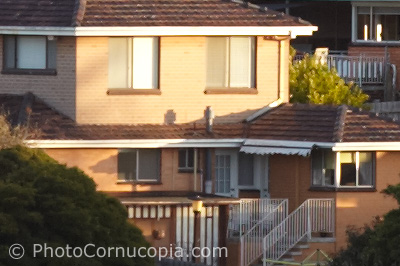
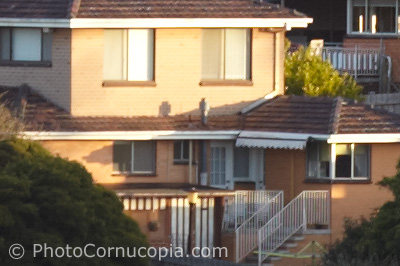







 Threadstarter
Threadstarter
 Same thing happened with the Tonga images I posted the other day which were received as well as herpes.
Same thing happened with the Tonga images I posted the other day which were received as well as herpes.  )
)





